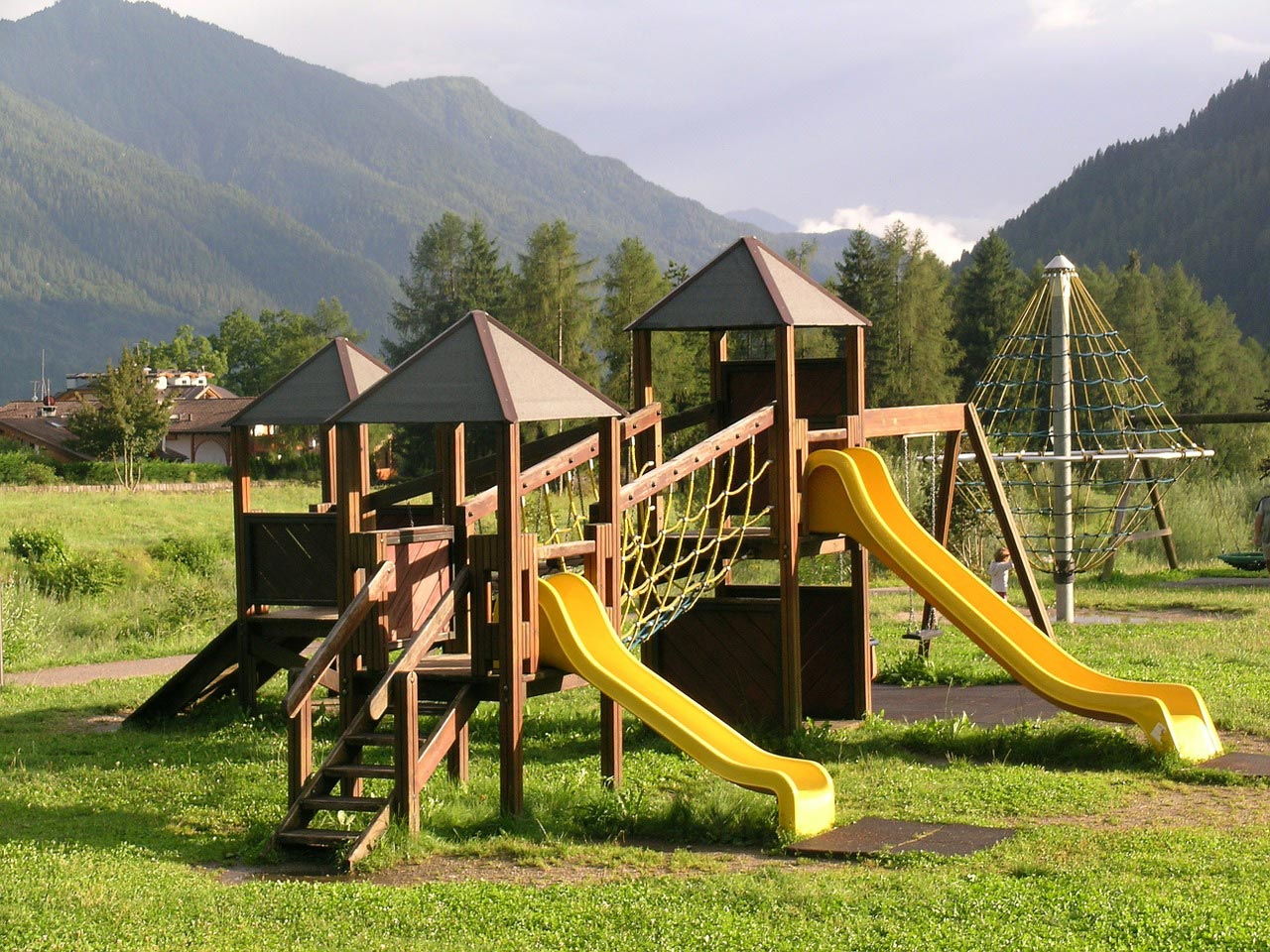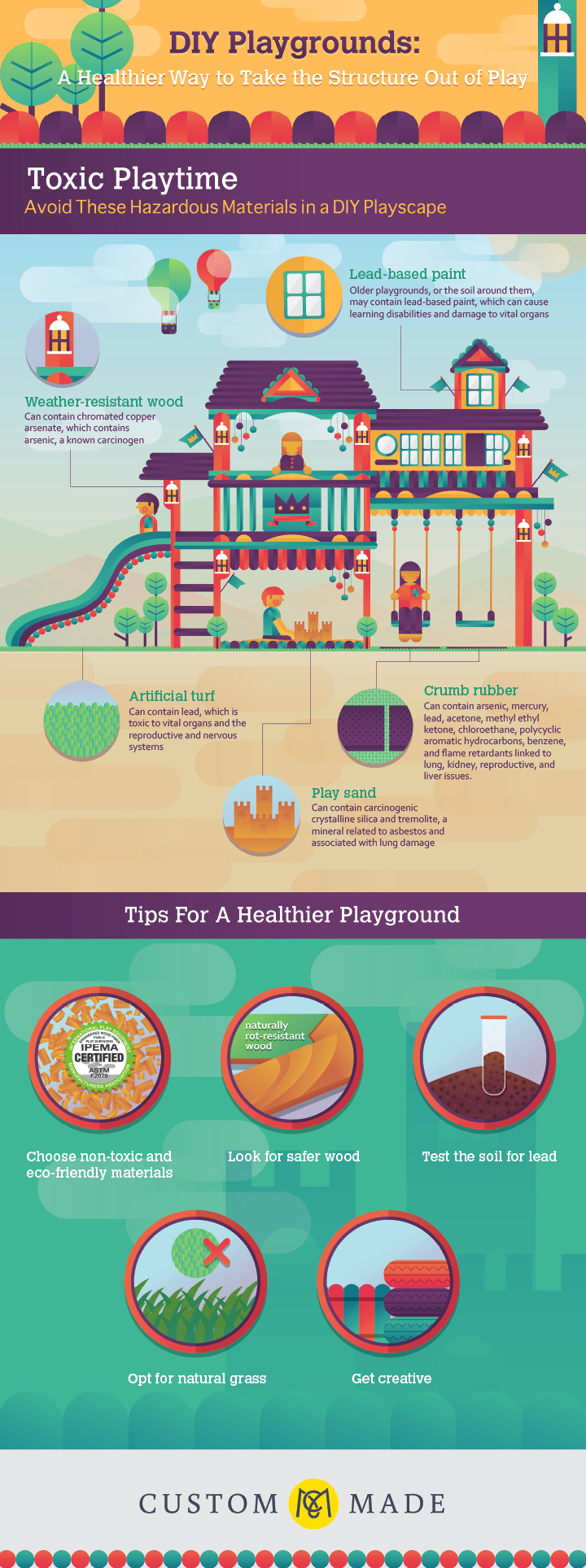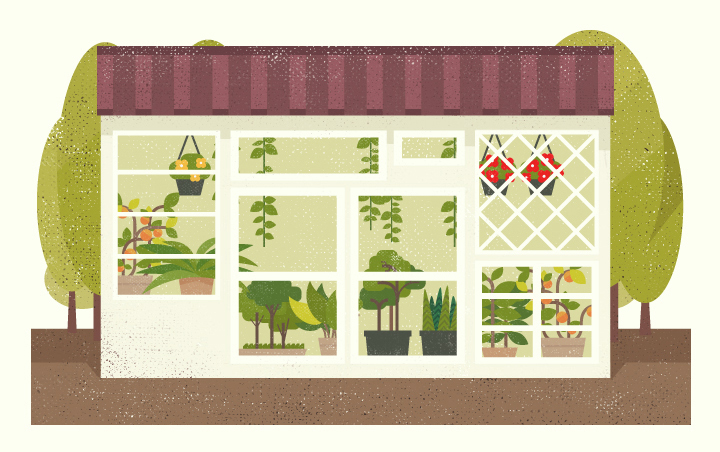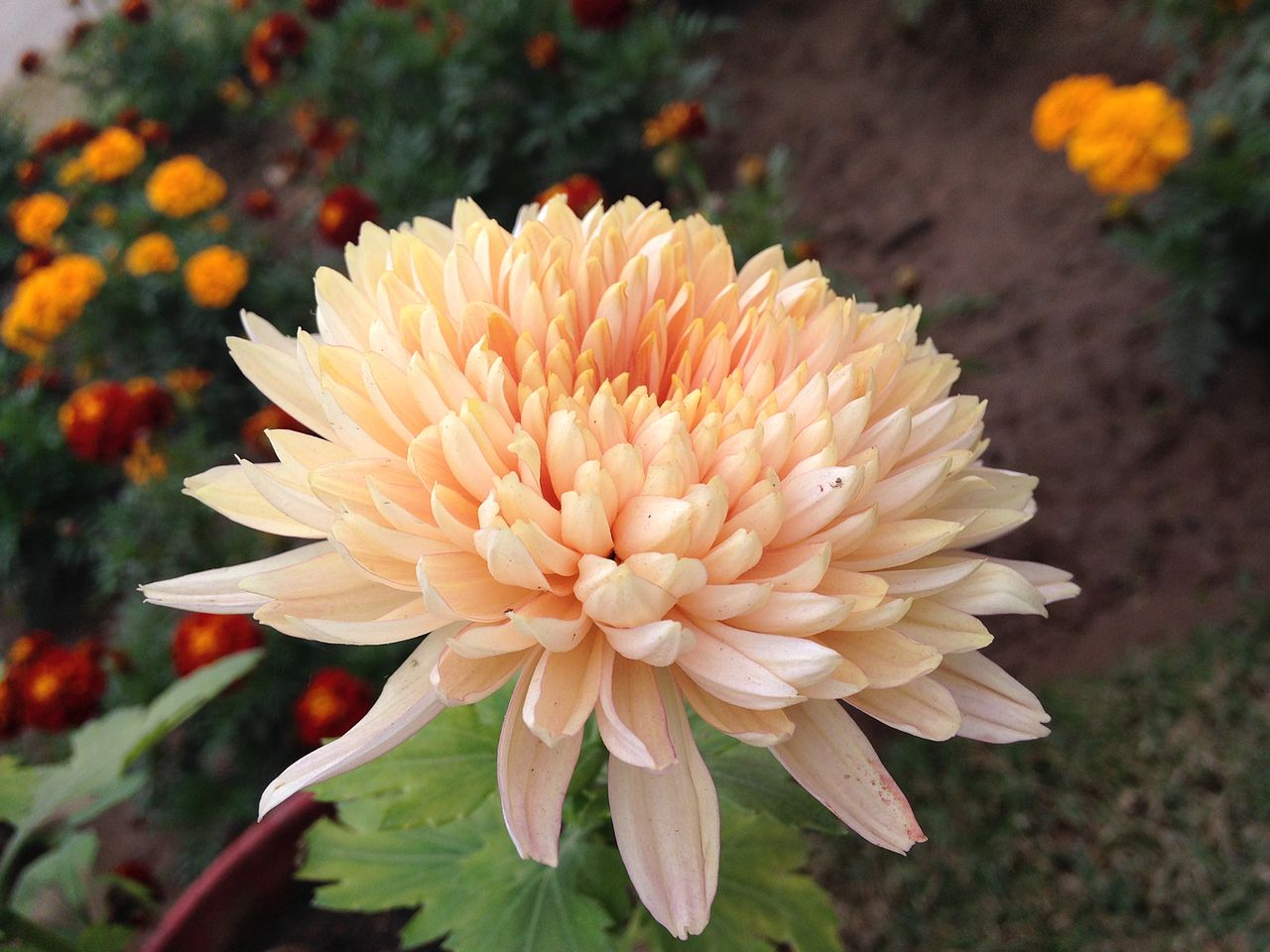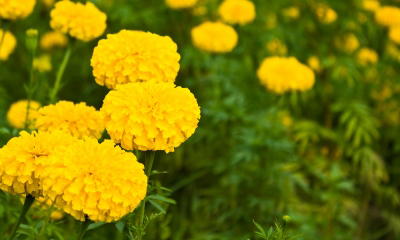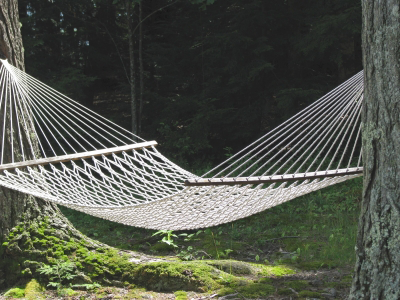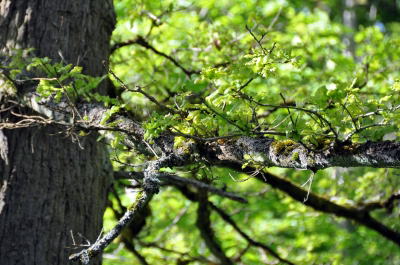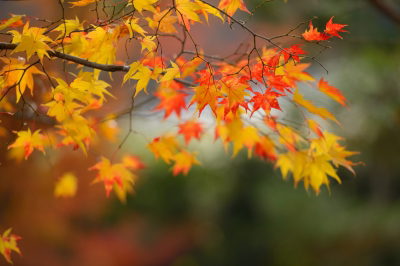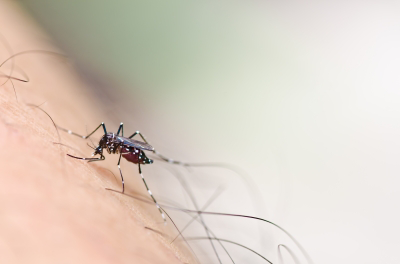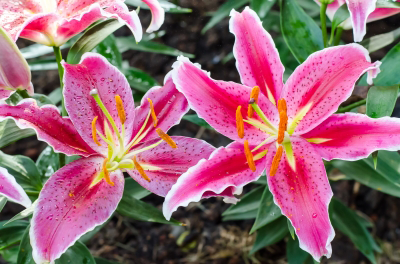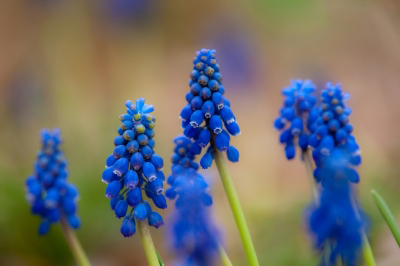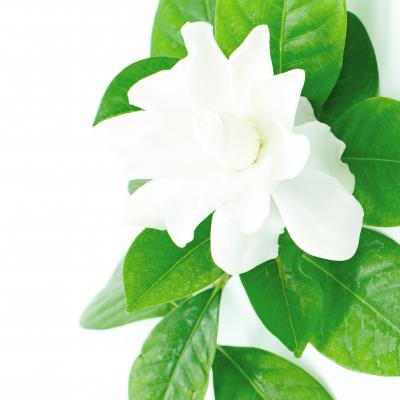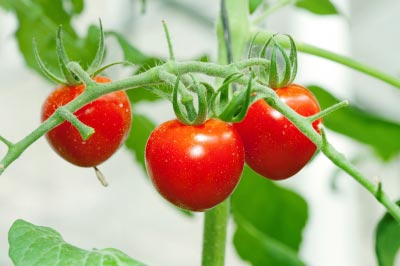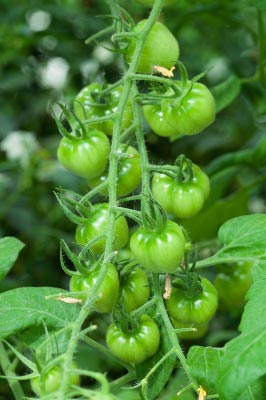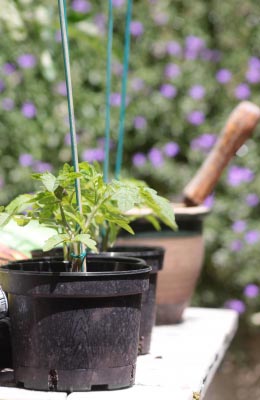Many old playgrounds might be hiding some toxic hazards, the likes of lead paint and arsenic need to not be in children’s playgrounds and one way to ensure this is to get creative and build your own. Yes you can build some play equipment for the kids. This way you can be sure that it is safe and it is exactly what you want in the space you need it.
My kids love playing outside and creating areas for them to explore and have adventures is ideal. Unstructured outdoor time is helpful for children.
Here are some of the great benefits of unstructured play:
- Makes kids resilient. If they hurt a foot or scrap a knee they work it out
- Helps children cooperate with others
- Learn to do things themselves without parents getting involved
- Creative and role playing happens more
- Helps brain development
- Make friends
- Allows children to learn. “Until at least 9 years old, a child’s learning occurs best when the whole self is involved” (http://www.stonybrook.edu/heartlinks/unstructuredplay.pdf)
- Creates the space to allow children to be more independent
- It is time away from parents and school – a de-stresser
DIY Playgrounds
Infographic by CustomMade
How to create a healthier playground?
Make sure you follow these steps to ensure a great happy and healthy play area:
- Choose safe products. Make sure before you purchase that they are the safest and best product to use for what you are creating. If you are in doubt you can visit the Product Safety Australia Website and for playground safety guidelines in Australia Kidsafe NSW Inc , or if in America Consumer Product Safety Commission website
- Test the soil if you are worried about lead levels
- Steer clear of ployvinyl chloride (PVC) and volatile organic compounds (VOC’s) both of these can be harmful to humans
- Choose manufacturers that are certified by The International Playground Equipment Manufacturers Association (IIPEMA).
- Pick better wood or wood alternatives. Safer alternatives to CCA treated wood are: plastic, rubber lumber and composite lumber
- Recycle your materials and be creative
- Make sure if kids fall over the area will be soft. Aim to have soft grass if you can.
- If your playground attracts kids from the area, make sure you have rules so it eliminates or cuas4es less accidents.
- Before you build the structure you need to know how many kids will be using this playground. More kids might need more engineering or it might determine what types of things go in this new play area. If the kids are all the same age then something for one age group. If some are older and some are younger you will need to figure out what will make them all happy.

Get some Playground Plans for Free!
Need some inspiration on what to create. Here are some plans from Total Playgrounds that will give you a helping hand. Creating something unique for your family and children is a wonderful thing. Remember that something like this cannot be built in one day, well unless you have hired a team of builders that is. So be realistic it might take a month or two but it will get done and you will have something fun and amazing the kids will love.
How about these fabulous ideas from Homedit, get creating today and turn your yard into a fun place to be. Your children will never want to come inside.
Here is another great link to Playground Equipment in New Zealand and they have some great plans that you can create in your very own backyard.


